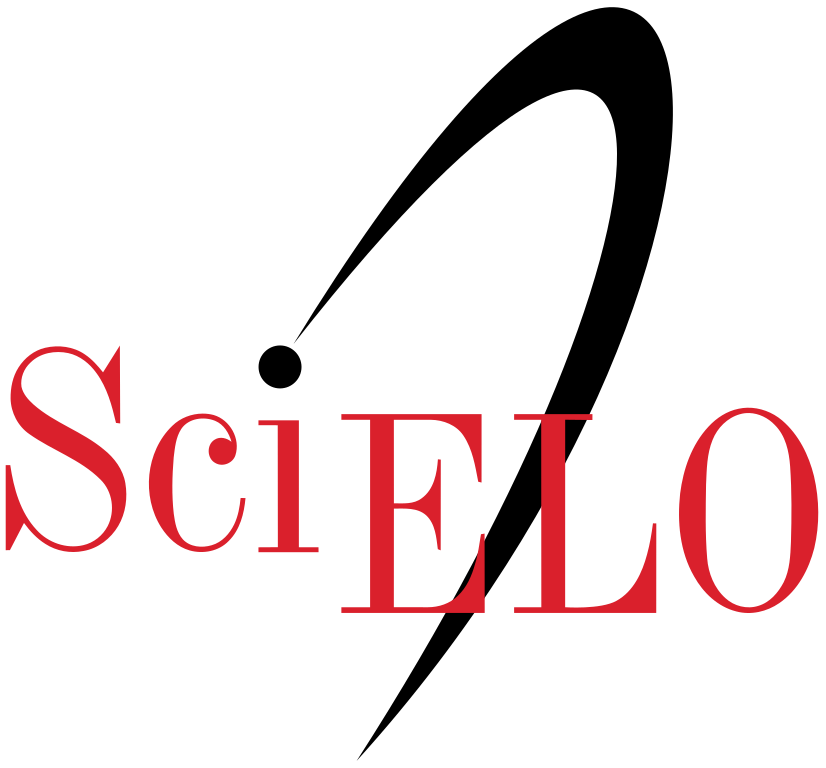Mejoramiento energético de residuos sólidos de cuero curtido mediante tratamiento térmico
DOI:
https://doi.org/10.14482/inde.33.1.5353Resumen
El aumento permanente de los niveles de consumo de energía a nivel mundial basados en combustibles fósiles ha causado graves problemas alrededor del planeta, los cuales son cada vez más visibles. Emplear fuentes de energía limpias y renovables es una alternativa adecuada; entre las distintas posibilidades, la biomasa y los residuos sólidos se han convertido en materiales destacables debido a la diversidad de procesos y de combustibles resultantes. Anualmente, las curtiembres en Colombia producen aproximadamente 3.324 toneladas de cuero y generan 700 toneladas de residuos sólidos de curtiembres. La falta de métodos alternativos de disposición perjudica a esta industria a pesar de las distintas tecnologías probadas como pirolisis, gasificación o biodigestión. Este trabajo pretende analizar los cambios en la composición química del material sólido y mejorar el poder calorífico de los residuos sólidos de curtiembres al llevar a cabo un tratamiento térmico en un rango de temperaturas entre 180 y 280°C. El aumento del poder calorífico es de 16% aumentando de 17 a 20,5 MJ kg-1. El hidrógeno presenta la mayor variación después del tratamiento térmico con una descomposición de 0,102 mol C-1, mientras que el azufre, con 0,0021 mol C-1, resulta ser el más estable. La alta concentración de carbono en el coque, cerca de 47,8%, aumenta las oportunidades para utilizar este material como materia prima en sistemas energéticos o como precursor para la producción de carbón activado.









